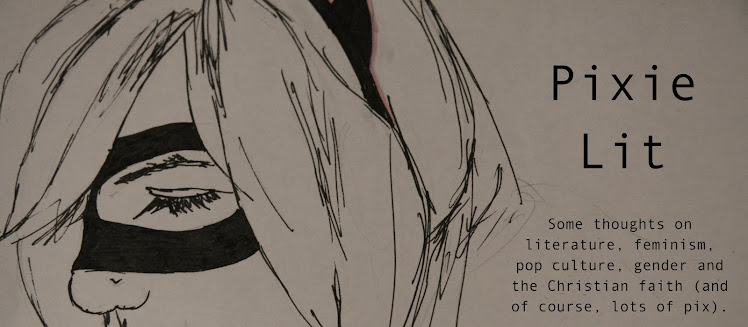Two
of the best books penned by women I read during 2012 were Blue Nights by Joan Didion and I
Was Told There’d Be Cake by Sloane Crosley. Both had been recommended to me by
a number of sources, and I finally got my hands on them after the Melbourne
International Writers Festival. Reading Blue
Nights was a revelation: how have I lived
– particularly as a non-fiction writer – without having read Didion’s work
before? I felt like I’d found some kind of soul-mate, or at least, felt as
though my desire to become a writer had been replaced with a desire to become
Didion herself. Sharp prose, but easy and honest prose: she writes so simply,
as if all the words just fell out of her brain onto the page in perfect order. The
dumbest of asses could read her work and come away with the most profound understandings
of how people and the world work: not because she isn't incredibly complex, but she's so articulate. I even became jealous reading other writers’
glowing reviews of her – I wanted her writing to be mine!
Reading
Crosley was also inspiring. Her book of essays about life in New York City was
so hilarious I had to stop reading it in publicly, because it made me snort and
cry with laughter at once. The best thing about it was it was written by a girl
about my age who I could relate to. Her stories are the kind that get told at a
dinner party and have the whole group in stitches. But she’s clever, too – all the
hilarity is interspersed with reflection on her Jewish suburban upbringing and
a whole bunch of other stuff, like friendships, family, work, etc.
 |
| Joan Didion: who wouldn't want to be her? |
But
some other of my reading highlights this year were:
- Ransom (David Malouf) – assumed it would be lame because Malouf was on the high school reading list and I used to think everything on the school reading list was silly. Except for the fact I now love heaps of books on school reading lists. In any case, this was great! Initially I thought the declarative and intentionally “mythic” style (ie it reads like an epic poem, kinda – quite sombre, as if everything were laden with meaning) would make it hard to relate to characters. But it didn’t! It made it even easier to engage with them!
- Shadowboxing (Tony Birch) – so good, mostly because I know the setting so well and it was fascinating (and heart-breaking) to get a picture of what Collingwood and Fitzroy were like 50 years ago. Incredible use of short stories to build a full picture.
- Super Sad True Love Story (Gary Shteyngart) – crazy futuristic NY fall-of-America type novel, but what an imagination this author has! Such a detailed world. Worth it just to find out what “onionskins” are (I’ll spoil it: they’re transparent jeans). To be honest, it is another east-coast American man writing about a medium-life masculine crisis…but he does a very good job of it. It’s kind of the like final chapter of Jennifer Egan’s A Visit From the Goon Squad on steroids.





